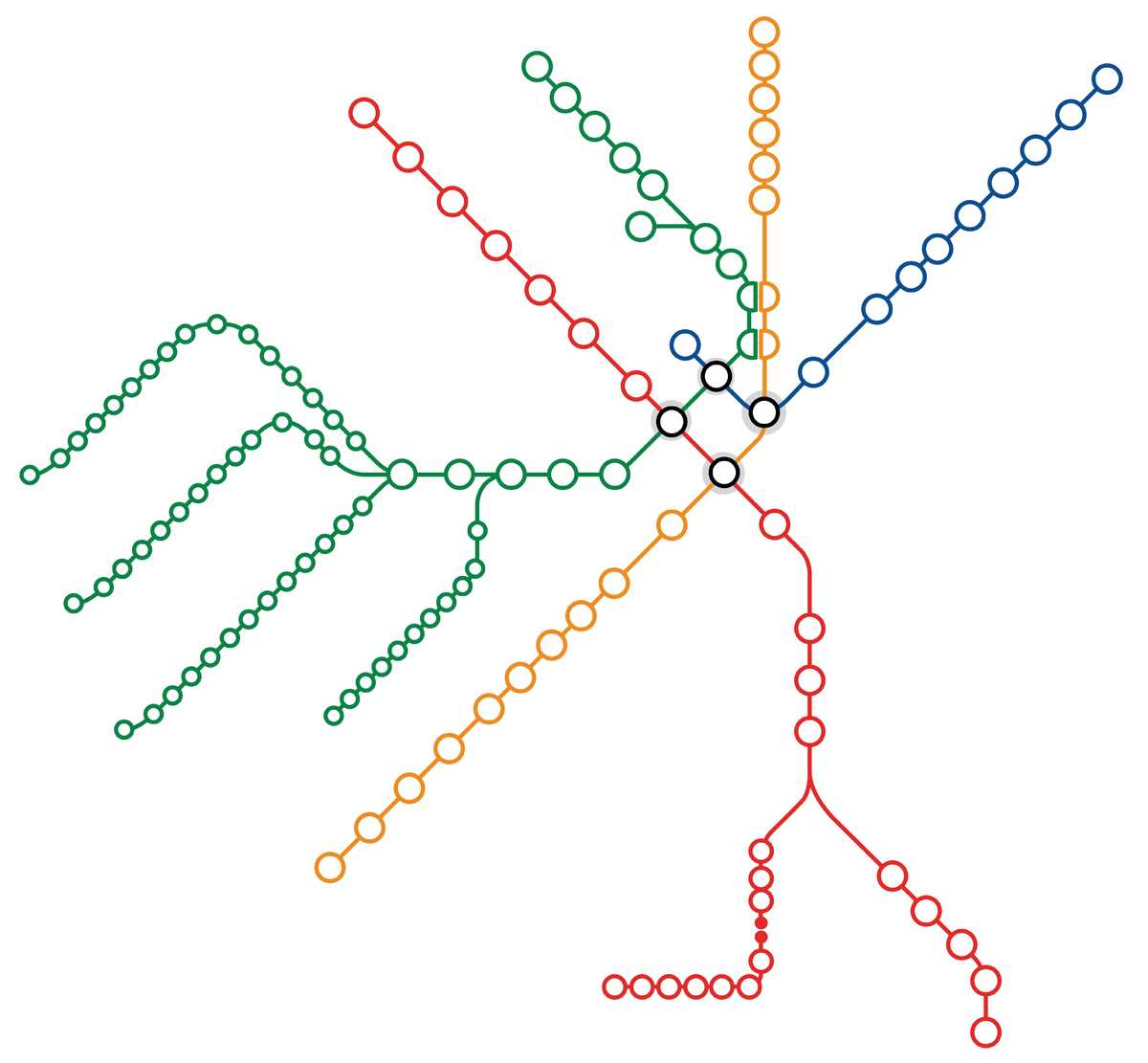Dr. Rosen Rosen
Senior Member
- Joined
- Jul 19, 2021
- Messages
- 1,164
- Reaction score
- 6,722
Pretty cool visualizations of T performance over the pandemic.


 apps.bostonglobe.com
apps.bostonglobe.com

Data: As Boston emerges from the pandemic, how is the T faring?
The year 2022 saw service cuts, ridership recovery, and plenty of delays.
Last edited:

